This grade II listed building dates from the late 18th century, but was remodelled in the mid 19th century. In the 20th century, the eastern end was demolished as part of road-widening. This historic inn was originally called the George and Star. Its landlords can be identified as far back as 1830. By 1880, it was known as the George Inn and later as The George Hotel.
Photographs and text about the village of Stilton.
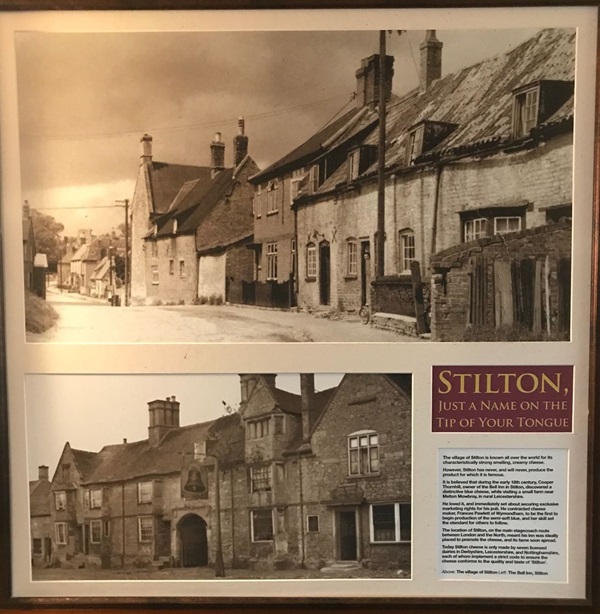
The text reads: The village of Stilton is known all over the world for its characteristically strong smelling, creamy cheese.
However, Stilton has never, and will never, produce the product for which it is famous.
It is believed that during the early 18th century, Cooper Thornhill, owner of the Bell Inn in Stilton, discovered a distinctive blue cheese, while visiting a small farm near Melton Mowbray, in rural Leicestershire.
He loved it, and immediately set about securing exclusive marketing rights for his pub. He contracted cheese maker, Frances Pawlett of Wymondham to be the first to begin production of the semi-soft blue, and her skill set the standard for others to follow.
The location of Stilton, on the main stagecoach route between London and the north, meant his inn was ideally placed to promote the cheese, and its fame soon spread.
Today Stilton cheese is only made by seven licenced dairies in Derbyshire, Leicestershire, and Nottinghamshire, each of whom implement a strict code to ensure the cheese conforms to the quality and taste of Stilton.
Above: The village of Stilton
Left: The Bell Inn, Stilton.
Illustrations and text about Whittlesey Mere.
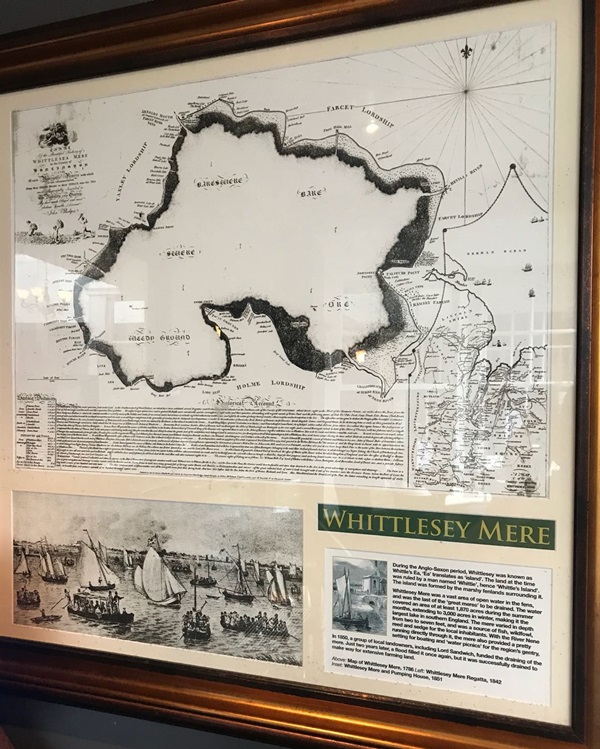
The text reads: During the Anglo-Saxon period, Whittlesey was known as Whittle’s Ea, ‘Ea’ translated as ‘island’. The land at the time was ruled by a man named ‘Whittle’, hence ‘Whittle’s Island’. The island was formed by the marshy fenlands surrounding it.
Whittlesey Mere was a vast area of open water in the fens, and was the last of the ‘great meres’ to be drained. The water covered an area of at least 1,870 acres during the summer months, extending to 3,000 acres in winter, making it the largest lake in southern England. The mere varied in depth from two to seven feet, and was a source of fish, wildfowl, reed and sedge for the local inhabitants. With the River Nene running directly through it, the mere also provided a pretty setting for boating and ‘water picnics’ for the region’s gentry.
In 1850 a group of local landowners, including Lord Sandwich, funded the draining of the mere. Just two years later, a flood filled it once again, but it was successfully drained to make way for extensive farming land.
Above: Map of Whittlesey Mere, 1786
Left: Whittlesey Mere Regatta, 1842
Inset: Whittlesey Mere and Pumping House, 1851.
Prints and text about Oliver St John and Thorpe Hall.
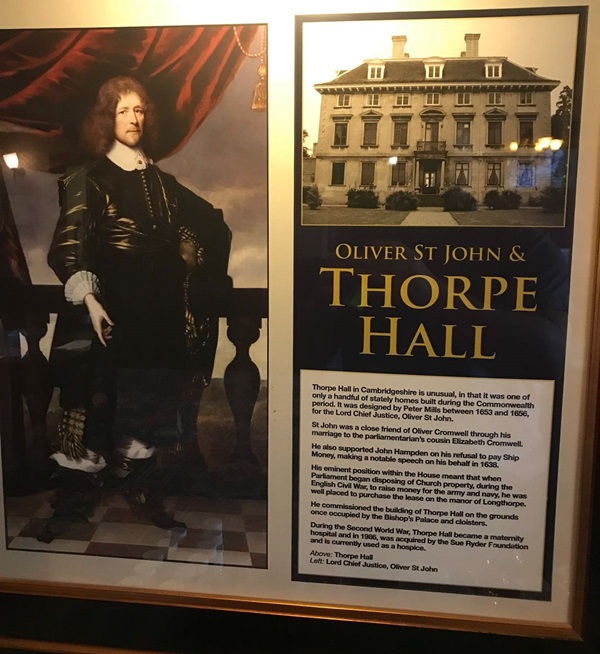
The text reads: Thorpe Hall in Cambridgeshire is unusual, in that it was one of only a handful of stately homes built during the Commonwealth period. It was designed by Peter Mills between 1653 and 1656, for the Lord Chief Justice, Oliver St John.
St John was a close friend of Oliver Cromwell through his marriage to the parliamentarian’s cousin Elizabeth Cromwell.
He also supported John Hampden on his refusal to pay Ship Money, making a notable speech on his behalf in 1638.
His eminent position within the House meant that when Parliament began disposing of church property, during the English Civil War, to raise money for the army and navy, he was well placed to purchase the lease on the manor of Longthorpe.
He commissioned the building of Thorpe Hall on the grounds once occupied by the Bishop’s Palace and cloisters.
During the Second World War, Thorpe Hall became a maternity hospital and in 1986, was acquired by the Sue Ryder Foundation and is currently used as a hospice.
Above: Thorpe Hall
Left: Lord Chief Justice, Oliver St John.
Photographs and text about the Elton Hall Estate.
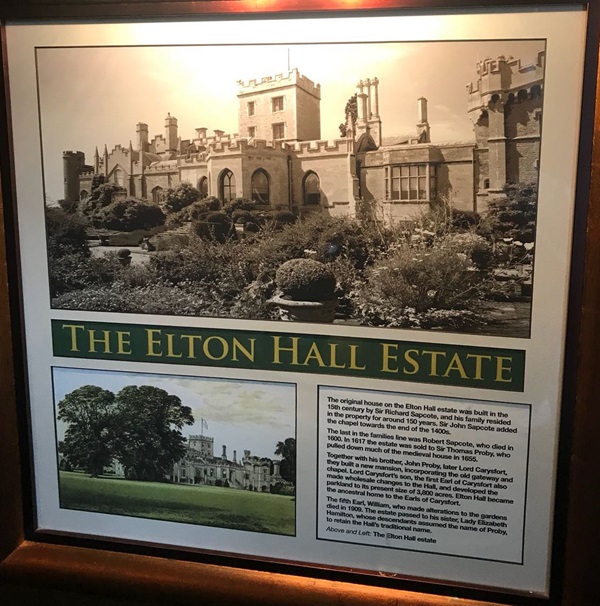
The text reads: The original house on the Elton Hall estate was built in the 15th century by Sir Richard Sapcote, and his family resided in the property for around 150 years. Sir John Sapcote added the chapel towards the end of the 1400s.
The last in the family’s line was Robert Sapcote, who died in 1600. In 1617 the estate was sold to Sir Thomas Proby, who pulled down much of the medieval house in 1655.
Together with his brother, John Proby, later Lord Carysfort, they built a new mansion, incorporating the old gateway and chapel. Lord Carysfort’s son, the first Early of Carysfort also made wholesale changed to the Hall, and developed the parkland to its present size of 3,800 acres. Elton Hall became the ancestral home to the Earls of Carysfort.
The fifth Earl, William, who made alterations to the gardens, died in 1909. The estate passed to his sister, Lady Elizabeth Hamilton, whose descendants assumed the name of Proby, to retain the Hall’s traditional name.
Above and Left: The Elton Hall Estate
A photograph of the Guildhall, Whittlesey, 1903.
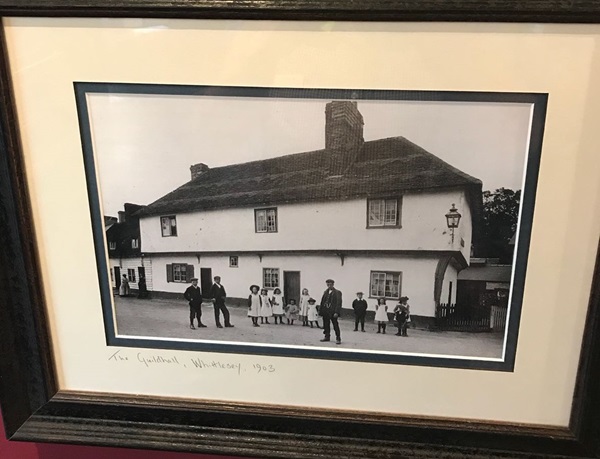
A photograph of Butter Cross, Whittlesey, Market Place, c1900.
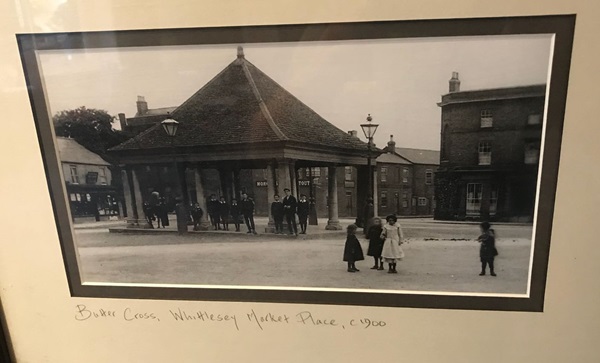
External photograph of the building – main entrance.
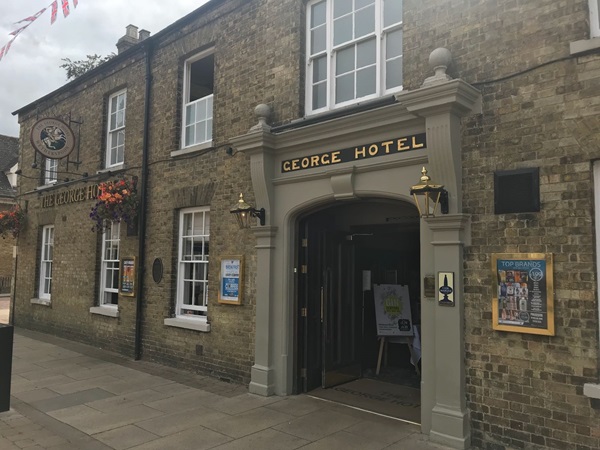
If you have information on the history of this pub, then we’d like you to share it with us. Please e-mail all information to: pubhistories@jdwetherspoon.co.uk